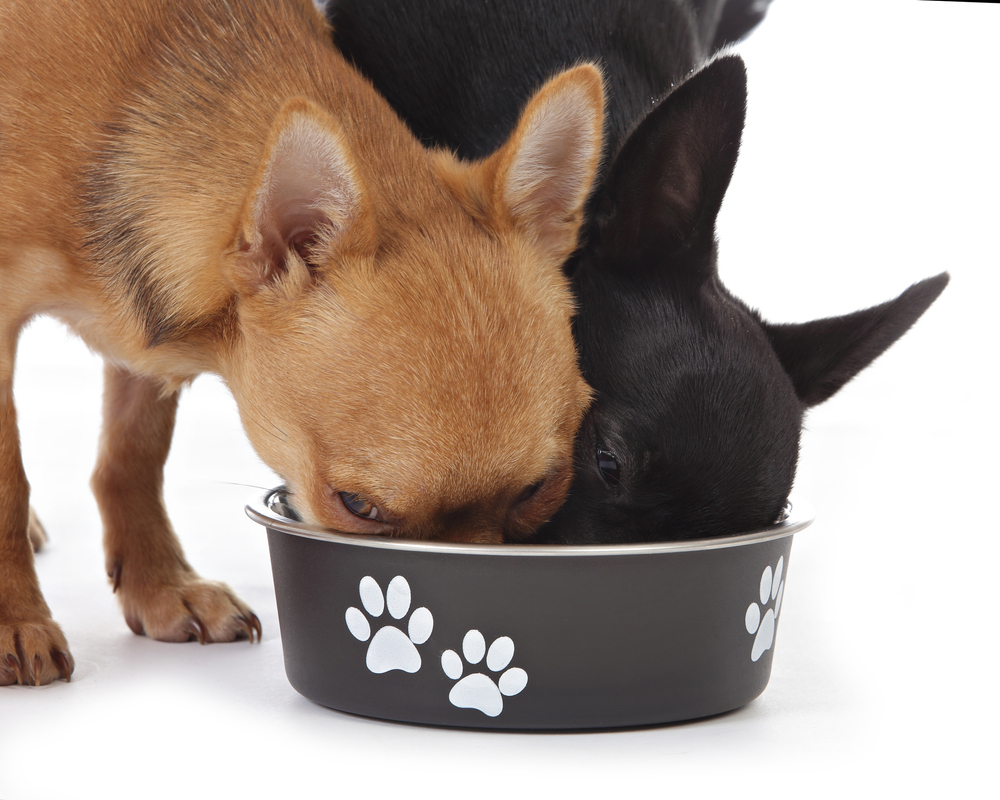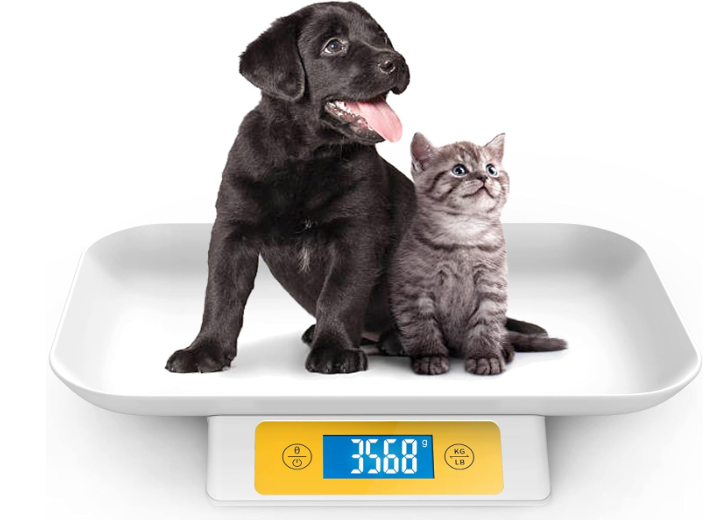To help your Chihuahua lose weight and keep it off keep reading. If it was easy to help a dog lose weight there wouldn’t be so many fat and overweight Chihuahuas!
Let’s face it, most people know that carrying too much weight is not healthy for any dog, but especially Chihuahuas because of their small size.
WHY IS IT SO DIFFICULT?
DENIAL:
Some people are simply in denial or are embarrassed so they minimize the fact that their Chi is overweight. People will say things like:
- She's not fat, she's just fluffy
- I love his little rolls of fat
- I feed her when she's hungry and she's always hungry
- He's not fat, we've been to the vet and he's fine
- But I only feed her this much ____(fill in blank)
- You can’t tell a dogs weight by how much fur they have
- Those little rolls of fat are not cute, they are a sign that your dog is not healthy
- Hunting for food is a dog’s instinct. If she gets regular healthy meals, she is not hungry, she is being opportunistic
- Vets are very aware that most people will get offended if told their dog is overweight, so most won’t tell you unless you ask and even then they minimize it
- Overestimating portion sizes is one of the biggest reasons that dogs are overweight

FREE-FEEDING
If you are concerned that your dog may be overweight, do not free feed. Free feeding is when you leave food out all day for them to eat at any time.
Some dogs may do just fine with free feeding. On the other hand, most dogs will overeat if given the opportunity.
If you have more than one dog, one may be getting more than his or her share while the other is not getting enough.
Instead, feed your dog twice a day at approximately the same time each day. If you prefer you can feed them three times a day, however, it’s important to feed them at approximately the same time each day. For instance, I feed my fab 4 when we get up in the morning and again at approximately 5:00pm each day.
Dogs are little creatures of habit and will adapt well and many will even do better on a feeding routien.

portion SIZES
Mistake Number 1″ Using the portion sizes on the bag or can of dog food. The portion size on the bag or can of dog food usually uses a scale according to weight. Such as dogs < to 5 lbs, 5-10 lbs, 10-15 lbs, and so on.
These portion sizes are the number of calories needed for the “average” dog of that weight range.
Going By this your dog may be getting up to 61% more calories than he or she should be.
Mistake Number 2: How you measure the portions. Most people use a measuring cup to measure out portions of dog food. (see image below).
The problem with that is consistency. You never get the same amount every time. Even if you make sure that it is a “level” portion it’s never the same number of calories.
And even though dry dog food is cut into pieces with a machine, each individual piece is not always exactly the same size. This can mean a difference of 10 to 100 calories in each portion.
Instead use a kitchen scale to weigh the portion sizes. Even then you won’t get the exact same amount though it will be as close as you can get.
The exception to this is if you feed your dog a recipe of whole food. Then using a kitchen scale can be more consistent and your dog will get the same number of calories for each portion.

NOT FACTORING IN TREATS
Mistake #3: Chihuahuas are the best little beggars! They know that no one can resist those big eyes looking all sad while watching you eat a sandwich.
Those looks they give you while you’re eating can make you feel so guilty! Oh yes, they can make you think they are starving to death!
There is noting wrong with giving your dog treats. Even everyday treats are okay. The problem lies in the size and the calories.
Tiny dogs only need tiny bites. When you do give your dog treats remember to lower the portions of their regular meals.
The best treats are fruits and vegetables that are non-toxic to dogs. What if your dog doesn’t like fruits and vegetables? Just like people, dogs have their likes and dislikes when it comes to food. However, there are fruits and vegetables that your dog will love. Just keep trying different ones until you find those that your dog likes. But, remember, just because they are good for them doesn’t mean they have no calories. You still need to factor in the calories when feeding them their regular meals.

RELYING ON HUMAN SCALE TO WEIGHT YOUR DOG
Last, but certainly not least mistake many people make is weighing their dogs on human scales. As humans when we lose a pound or two we celebrate! But Chihuahuas are tiny little dogs and every single ounce counts.
Don’t weigh your dog on a human scale! It’s defeating. It may take a Chihuahua a month or more to lose a whole pound!
To properly weigh your dog when trying to help them lose weight you need a small animal or baby scale. That way you can celebrate every ounce!
A small animal or baby scale is much more precise. You will know down to the 10’s of an ounce whether your dog lost weight that week or maybe gained a little that week.
CONCLUSION:
These are just a few mistakes that many people make when trying to help their dog to lose weight and keep it off for a lifetime.
For more information on small breed dogs and losing weight, click the button below to get one-on-one live help from an expert.
NEED MORE HELP WITH YOUR DOGS WEIGHT?
Schedule your one-on-one weight loss program today! Get live help from an expert.

FIND JUST THE RIGHT KITCHEN SCALE FOR YOU
Don’t measure food when helping your dog to lose weight — instead use a kitchen scale to weight it


FIND JUST THE RIGHT SCALE FOR YOUR DOG
Never use a human scale to weight your dog when you are trying to help them lose weight
